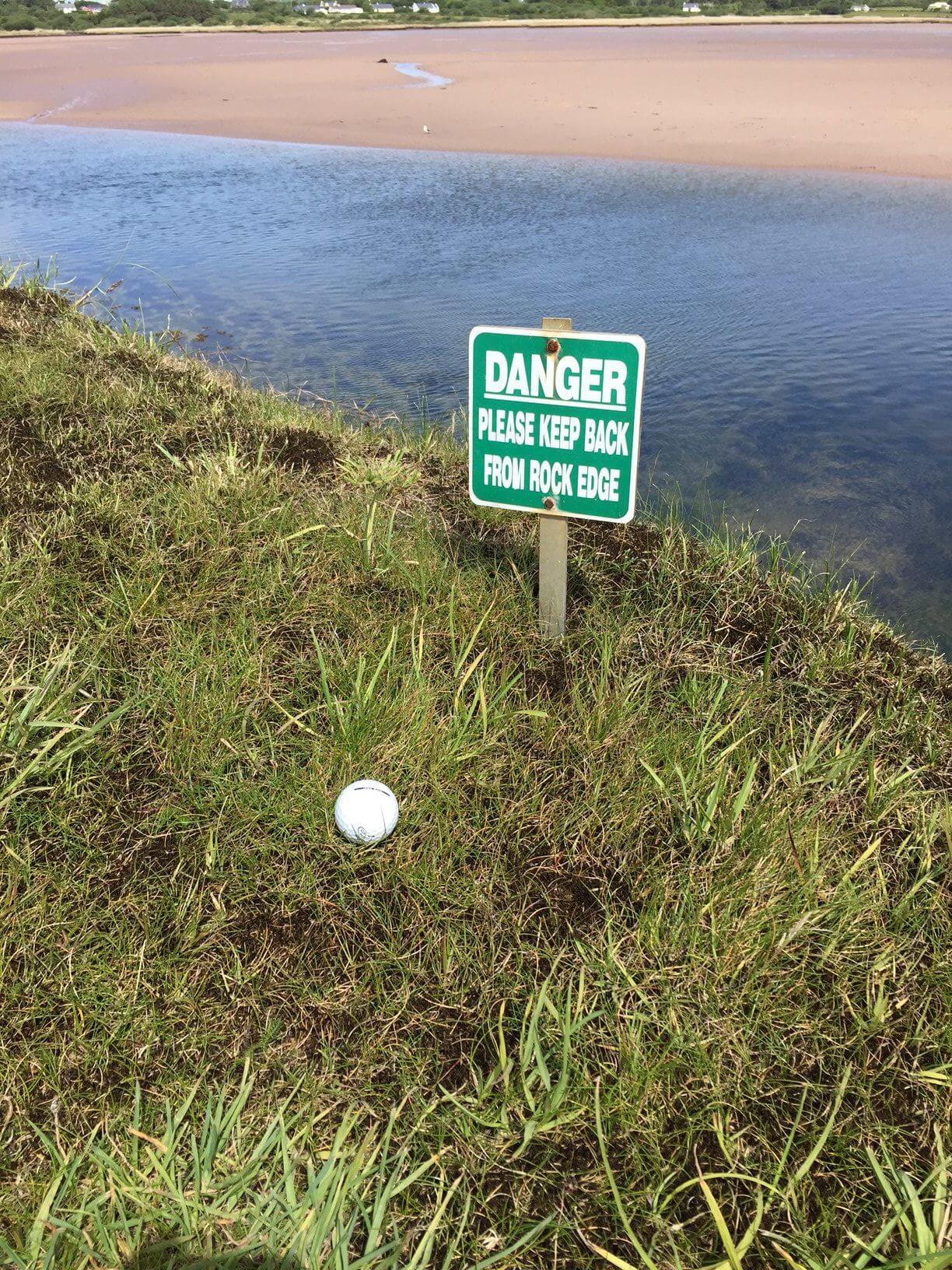

Don’t know about you, but I spent most of Thursday — from well before dawn until mid-afternoon — watching The Open, played this week in Northern Ireland at a golf course known as Royal Portrush.
A more appropriate name for the par-71, 7,300-yard course would be Hell on Earth. Wind, rain, the rugged terrain, narrow fairways, dense, unforgiving rough, deep bunkers and severely undulating greens combine to make the course about as difficult as any imaginable.

One hundred and fifty six of the most accomplished golfers in the world competed Thursday. The golf course was the clear winner. Only 32 — about one in five — broke par. Three did not break 80. Hattiesburg native Davis Riley, an incredibly gifted golfer and the only native Mississippian in the field, shot 77. Brooks Koepka and Colin Morikawa, winners of seven major championships between them, each shot 75.
What would your average 12-handicapper shoot at Royal Portrush? He or she would not break 120. Hell, he or she might not finish.
I write from some experience. Eight years ago, I joined a group of eight Mississippians on a golfing tour of Ireland. We played seven world class golf courses in nine days, six in Ireland and one in Northern Ireland. All were links courses, abutting either the Irish Sea or the Atlantic Ocean. All were brutally hard. Yours truly became all too familiar with a prickly vegetation called gorse, which ate several of my golf balls over the course of nine days.
The hardest of all the courses was the one in Northern Ireland: Royal County Down, just across the border from Ireland in a little village called New Castle. Apparently, an age-old argument in Northern Ireland rages over which course is hardest of all: Royal County Down or Royal Portrush. Most experts side with Royal County Down. My take: Royal County Down is far and away the most difficult golf course I have ever played, and we played it from the member tees (6,400 yards) not the championship tees (about 7,200).
When our two foursomes headed to the first tee at RCD, we decided to have some fun with the starter. When it was our turn to play, we went to the back of the championship tee.
“What’s the course record?” I asked the starter.
“From those tees?” he asked back, appearing rather astonished. “Sir, you should not play those tees. The course record from the championship tees is 70. Rory McIlroy shot that. But last time Rory played here, he shot 80.”
We immediately marched up to the forward tees. “Any other advice?” I asked the starter, who replied, “Steer clear of the bunkers, my friend. They are very deep and they will break your heart.”

They absolutely did. I must admit my main concern often wasn’t whether or not I could launch my ball out of those bunkers; no, it was whether or not I could climb back out of the bunkers myself. They were that deep – and they were often hidden from sight until, after a search, you located your ball in one. All sand traps have rakes; these needed ladders.
At Royal County Down, about 90 miles south of Royal Portrush, we seemingly experienced all four seasons during one 18-hole round. We were alternately cold, warm, dry, wet, dry and wet again. We changed in our and out of rain suits and sweaters so often we could have used a changing room. And, all the while, the relentless wind blew and blew and blew.
“Is the wind aways like this?” I asked a course ranger at one point after my cap had blown off for what seemed like the 20th time.
“Ah, lad, ’tis but a breeze today,” the ranger said.
It reached the point that we Mississippians would make our double and triple bogeys, head for the next tee, survey the situation and say, “Ah, lads, what fresh hell have we here?”
Nothing in Mississippi prepares you for links golf. In America, we refer to any golf course as “links” — as in, let’s go hit the links. We are in error. Links comes from the Anglo-Saxon word “hlinc,” which means a ridge. It evolved to refer to the rough, grassy area between the land and the sea. And, yes, there are often ridges and dunes involved. Trees are scarce and sometimes just plain absent. Said McIlroy of Northern Ireland’s rugged terrain, “Many have tried to replicate our bunkers, but it is impossible for man to replicate creations of nature.”

The other six Irish courses we played – Waterville, Tralee, Ballybunion, Old Head, The European and Portmarnock – were all links courses and all really, really hard. None was as brutally difficult as Royal County Down.
And yes, there were times we asked ourselves: “Why did we pay all that money to put ourselves through this wringer?” But then you would hit that one shot, the soaring 5-iron with the wind that left you an eagle putt. That, or you would stop and gaze at one of those amazing vistas over the Atlantic Ocean or the Irish Sea. Or you and your partners would sit in the 19th hole recounting the round over tall pints of Guinness, telling fresh stories and laughing like school kids.
The famous English golf writer Bernard Darwin called it the kind of golf people play only in their most ecstatic dreams. Yes, but your score, if you can count that high, is often a nightmare.
- Software glitch delays distribution of full SNAP benefits in Mississippi - November 20, 2025
- Their loved one died far from home in a private Delta prison. Who’s accountable? - November 20, 2025
- Amazon announces $3-billion data center planned for Warren County - November 20, 2025